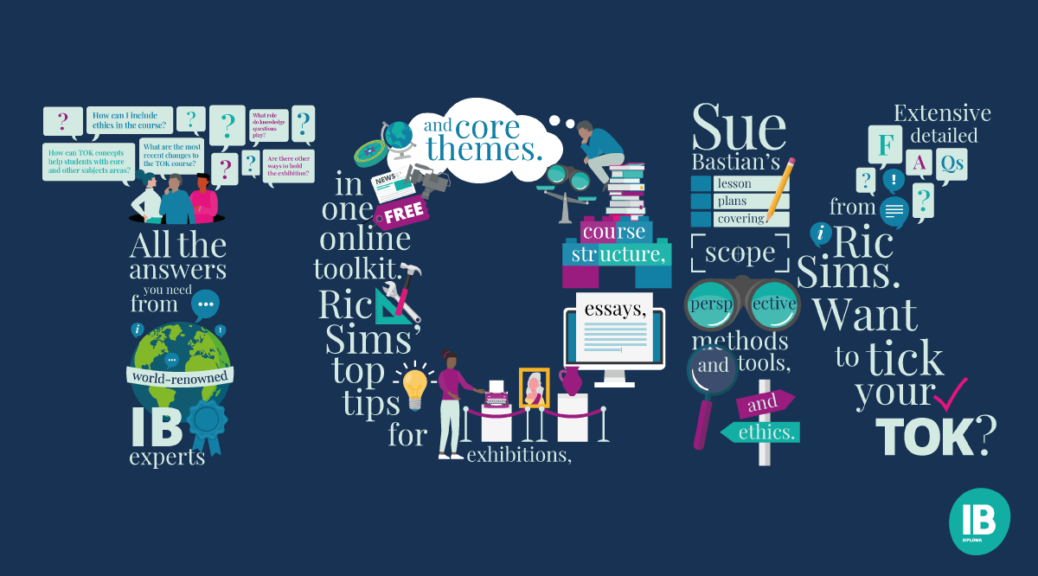According to the Cambridge dictionary, the noun knowledge means: information, awareness or understanding that has been obtained through a means of study or personal experience.
The object stimulus of this photograph displays the idea that knowledge can reside within an abstract photograph. For example, geographers can acquire data about the climates of Earth through the distance of tree rings. The utilisation of this data is a useful tool to accumulate knowledge of the current condition of Earth and its predicted path or any anomalies present. Given this, knowledge is recognised as the pinnacle aspect of human society and without it, the world would be full of uncertainties. It is tested, analysed and criticised to the point where it is adamant that it is true, however, that is until new evidence is considered and the cycle continues.
Photography has been utilised since the early 18th century as a medium for recording historical events, data but also, self-expression within particular time periods. This has led to an abundant amount of acute information that has provided an immense amount of evidence for many years afterwards. For example, evidential footage is available from past events that would not be repeated in today’s society, such as the reign of England’s sovereign Queen Elizabeth II. We are able to get a visual insight into the parades of devoted royalists who gathered for the coronation of her majesty Elizabeth, which arguably captures the current stance of behaviours in society far better then a written document would.
Previously I used this image as a final piece for my photography coursework, where I learned to theoretically analyse and evaluate my work. I chose this stimulus figure to guide this passage because it highlights the Autumn equinox, marking the rebirth of the Autumn season. Thus, this photograph is a reminder of the empirical knowledge I have acquired through my experience during this season.
One branch of the theory of truth is Empirical knowledge, information that is derived from the faculties of our senses – sight, sound, taste, smell and touch, in which humans and animals experience these stimuli from outside the body. In regards to when I took this photograph, I can recall the autumnal breeze whispering golden aromas and the crisped leaves skittering across the ground. Hence, my suggestion is that knowledge does not have to be derived from material data, but also through personal experiences, extensive research and theoretical debates.




